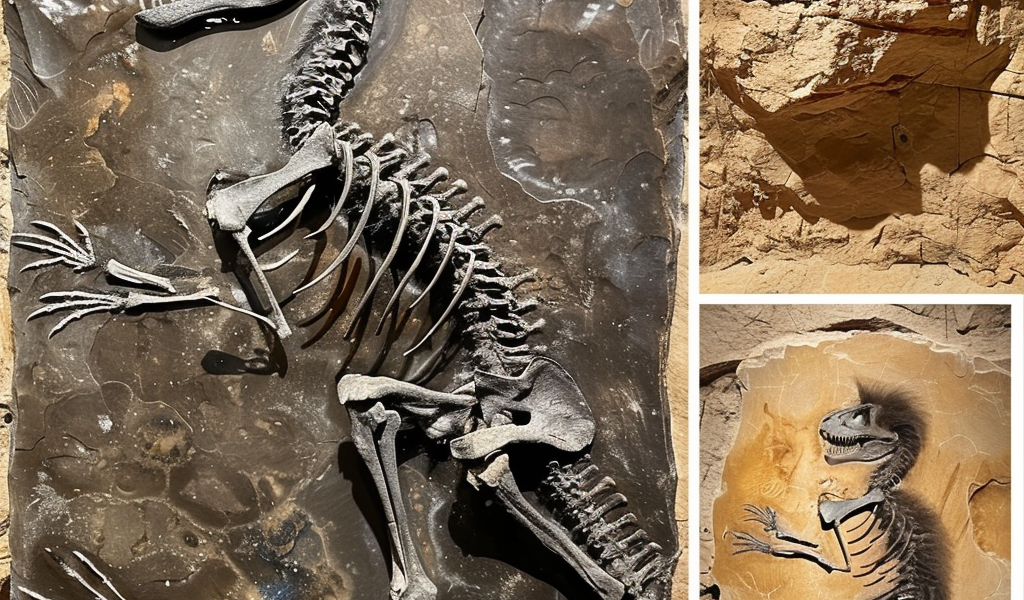A recent discovery has shaken up the scientific community as a 280-million-year-old fossil, thought to be one of the oldest reptiles, has been revealed to be mostly black paint. The fossil, known as Tridentinosaurus antiquus, was originally found in 1931, with the dark outline surrounding the small, lizard-like animal assumed to be carbonized soft tissue. However, a recent reanalysis by researchers has concluded that the outline is predominantly black paint, while the hind limbs are genuine fossilized bone.
According to palaeobiologist Valentina Rossi, the application of protective coatings was common practice in the 1930s when the fossil was discovered. Unfortunately, in the case of Tridentinosaurus, the mechanical preparation caused significant damage, and the subsequent application of black paint created the illusion of a lizard-like animal impression on the rock’s surface.
In another groundbreaking development, researchers have successfully created a rechargeable calcium—oxygen battery that operates at room temperature and can be recharged for 700 cycles. This achievement is significant as calcium—oxygen batteries offer a theoretical energy density comparable to lithium-ion batteries but could potentially be more cost-effective due to the abundance of calcium on Earth compared to lithium. The breakthrough was made possible by a new electrolyte and cathode design, addressing the challenge of breaking down calcium compounds that are formed during battery use.
Furthermore, a study of zoo-kept bonobos, chimpanzees, gorillas, and orangutans has revealed that young great apes exhibit playful behavior similar to human children. The research suggests that the cognitive tools for ‘joking around’ may date back at least 13 million years ago, to the last common ancestor of humans and great apes. This behavior raises questions about animals’ understanding of each other’s minds, expectations, and the strength of their relationships.
These recent discoveries have sparked significant interest and discussion within the scientific community, shedding new light on our understanding of ancient fossils, battery technology, and the behavior of our primate relatives.





